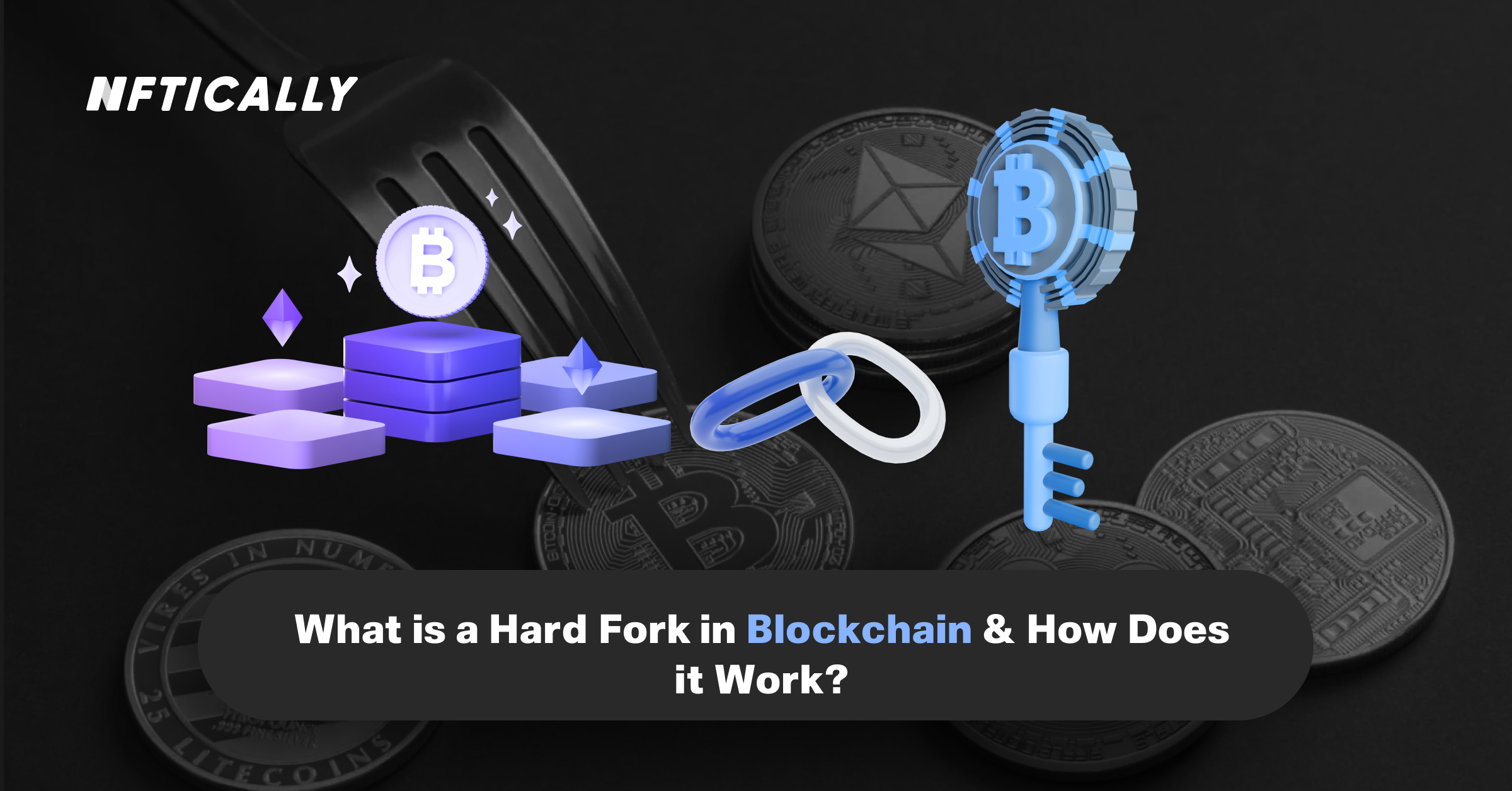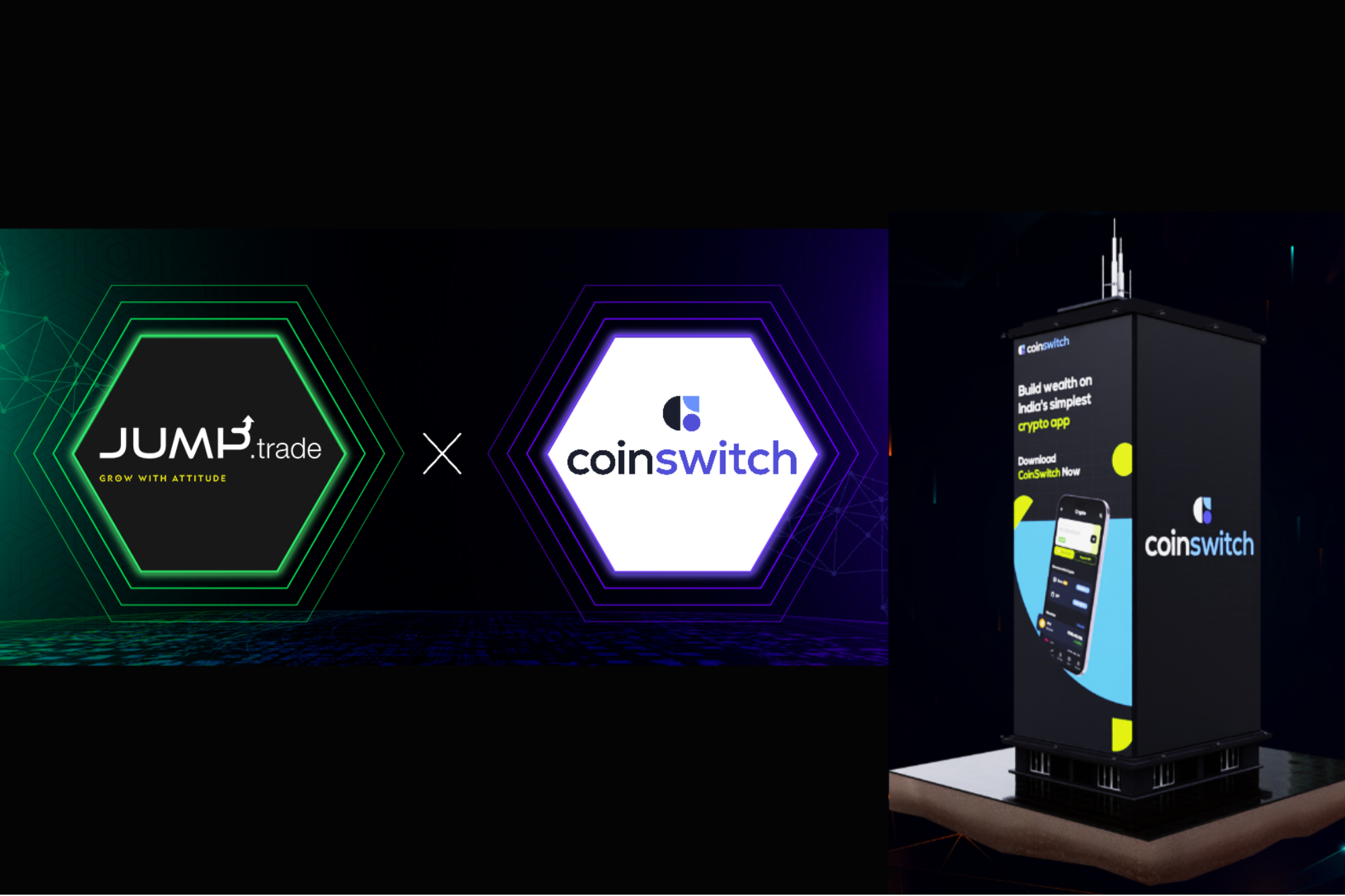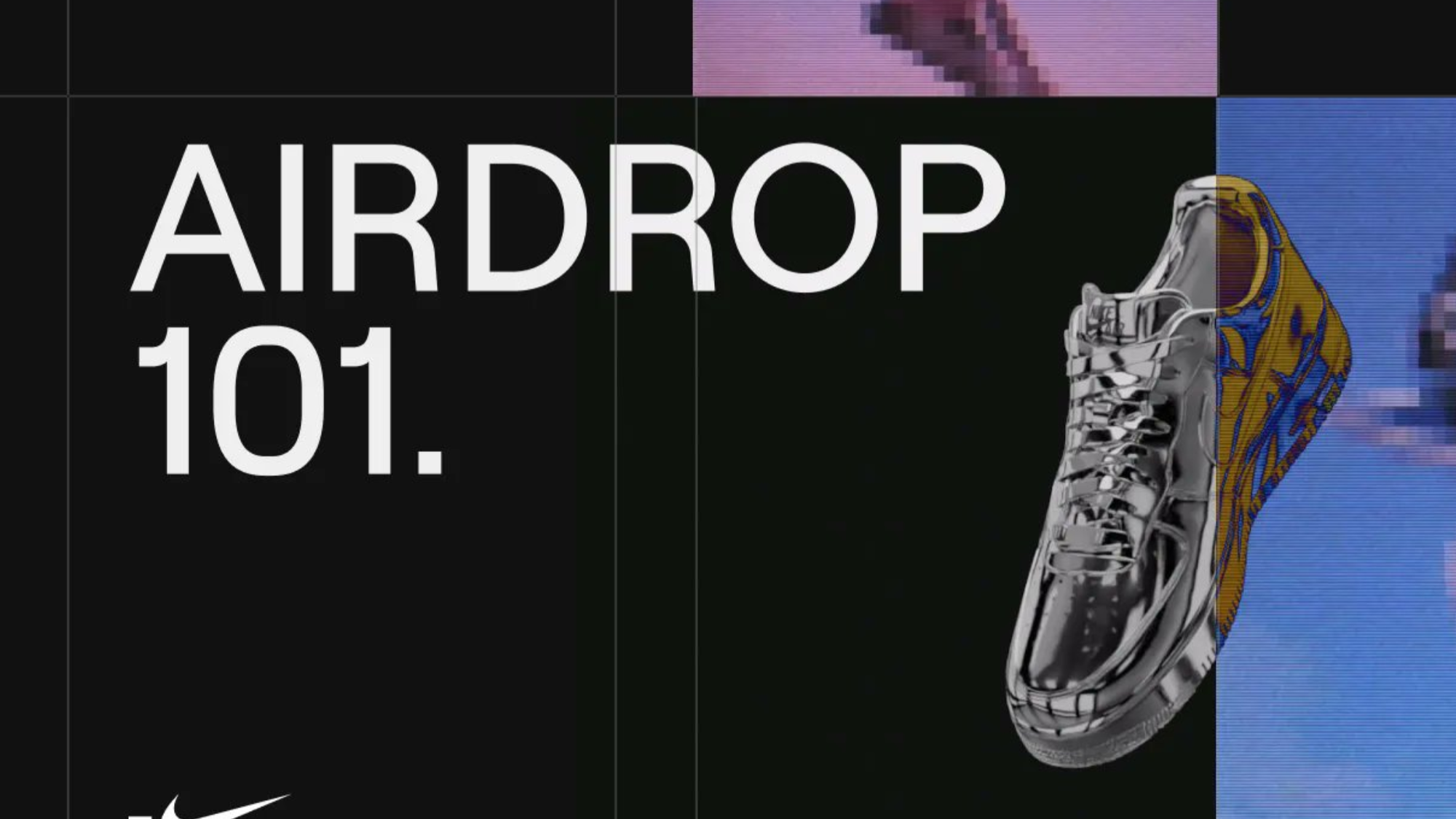In the world of blockchain technology, innovation and development are constant companions. One of the most intriguing and impactful phenomena in the blockchain realm is the concept of a hard fork. In this article, we will delve into the depths of what a hard fork in blockchain is and how it functions. Additionally, we will explore its relevance to the rapidly growing NFT market, considering keywords such as “nft market price,” “nft tokens price,” “best nft gaming,” “nft price chart,” “nft blockchain,” “best nft marketplaces,” “nft marketplaces,” “NFTs for sale,” and “nft price.”
Understanding the Basics of Blockchain
Before we dive into the intricacies of hard forks, let’s first grasp the fundamental concept of blockchain. In essence, a blockchain is a decentralized and distributed ledger technology that records transactions across a network of computers. It operates on a consensus mechanism, meaning that all participants on the network agree on the validity of transactions. This technology is the backbone of cryptocurrencies like Bitcoin and Ethereum.
What is a Hard Fork?
A hard fork is a significant and sometimes contentious upgrade or modification to a blockchain’s protocol. It essentially creates a divergence in the blockchain’s history, leading to the formation of two separate chains, often referred to as the original chain and the new chain. This process results in the incompatibility of nodes and blocks between the two chains, requiring participants to choose which chain they want to follow.
How Does a Hard Fork Work?
To understand how a hard fork works, consider the following steps:
- Identifying a Need for Change: A hard fork is usually initiated when there is a need to make substantial changes to the existing blockchain protocol. This can be driven by various factors, such as scalability issues, security concerns, or the introduction of new features.
- Proposal and Discussion: The proposed changes are typically discussed within the blockchain community, and developers, miners, node operators, and users provide input and feedback. This process aims to reach a consensus on whether the hard fork should proceed.
- Implementation: If a consensus is reached, the new protocol changes are implemented by developers. This marks the point at which the hard fork occurs.
- Forking: Once the changes are implemented, the blockchain splits into two separate chains. Users and nodes need to choose which chain they will support by upgrading their software accordingly.
- Persistence: The two chains continue to operate independently. Transactions, blocks, and smart contracts on each chain follow their respective rules and protocols.
- Impact on NFT Market
Now, let’s connect the concept of a hard fork with the rapidly evolving NFT (Non-Fungible Token) market. NFTs are unique digital assets that are often used to represent ownership of digital art, collectibles, virtual real estate, and more. The NFT market has seen explosive growth, with keywords like “nft market price,” “nft tokens price,” “best nft gaming,” “nft price chart,” “best nft marketplaces,” “nft marketplaces,” “NFTs for sale,” and “nft price” becoming increasingly relevant.
The Impact of Hard Forks on NFTs
- Chain Split: When a hard fork occurs on the blockchain hosting NFTs, it can lead to a split in the NFT ecosystem. Some NFTs may become incompatible with the new chain, creating uncertainty for collectors and investors.
- Token Migration: NFT projects may need to undergo token migrations to adapt to the new chain’s protocol. This can involve complex technical processes and coordination with NFT marketplace platforms.
- Market Volatility: Hard forks can introduce uncertainty and market volatility, affecting the pricing of NFT token price. Collectors and investors may need to closely monitor the situation to make informed decisions.
- Opportunities: On the flip side, hard forks can also present opportunities. New features and improvements introduced through a hard fork can enhance the functionality and value proposition of NFTs.
Navigating the Impact of Hard Forks in the NFT Market
As the NFT market matures, participants must be prepared to adapt to the potential challenges posed by hard forks. Here are some strategies and considerations to help navigate the impact of hard forks in the NFT space:
- Stay Informed: The first step in managing the impact of hard forks on your NFT holdings is to stay informed. Follow news and updates within the blockchain and NFT communities. Join forums, social media groups, and newsletters to ensure you’re aware of any upcoming hard forks that could affect your assets.
- Understand the Fork: Each hard fork is unique, with specific changes and implications. Take the time to understand the nature of the hard fork, its goals, and the changes it introduces. This knowledge will help you make informed decisions.
- Backup Your NFTs: Before a hard fork takes place, consider backing up your NFTs. This involves exporting the relevant data and metadata associated with your tokens. This precaution ensures that you can access your NFTs on both the old and new chains if necessary.
- Follow Project Announcements: NFT projects that you’ve invested in should provide guidance on how to handle their tokens during a hard fork. Pay attention to official announcements and instructions from project teams to avoid potential pitfalls.
- Participate in Token Migration: If a hard fork requires token migration, follow the recommended process provided by the project. This may involve swapping tokens on the old chain for tokens on the new chain. Be cautious and double-check addresses to prevent any loss of assets during this process.
- Diversify Your Holdings: To mitigate risk, consider diversifying your best nft gaming holdings across multiple projects and blockchains. This diversification can help spread the impact of a hard fork, reducing the potential loss in case one project is significantly affected.
- Evaluate New Features: While hard forks can introduce challenges, they can also bring improvements to the NFT ecosystem. Evaluate the new features and benefits offered by the updated chain, as they may enhance the value of your NFT investments.
- Monitor Market Trends: Pay attention to market trends during and after a hard fork. Price fluctuations, trading volumes, and community sentiment can provide valuable insights into the market’s response to the fork.
- Consult Experts: If you’re uncertain about how to navigate a particular hard fork or its implications for your NFT portfolio, consider seeking advice from blockchain and NFT experts. Consulting with experienced individuals can help you make informed decisions.
In summary, a hard fork is a significant change to a blockchain’s protocol that results in the creation of two separate chains. This process can have a notable impact on the NFT market, introducing challenges and opportunities for collectors and investors. As the NFT ecosystem continues to evolve, staying informed about blockchain developments, including hard forks, is essential for navigating this exciting and dynamic space.




